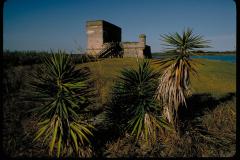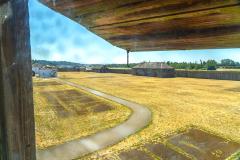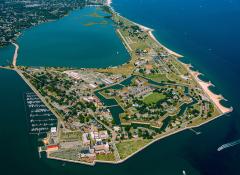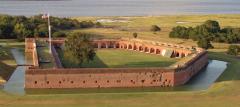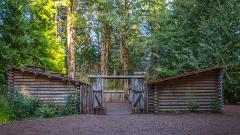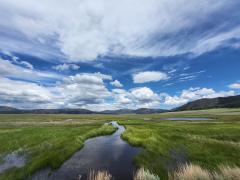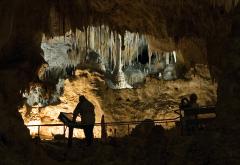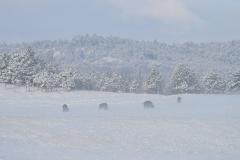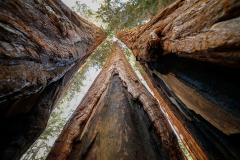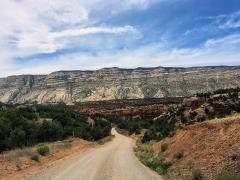A View Of Fort Matanzas National Monument, Florida
"Throughout its history, the story of Fort Matanzas has been closely intertwined with that of the city of St. Augustine and the Castillo de San Marcos. This Spanish outpost fort was built in 1740-1742 to guard the Matanzas Inlet and to warn St. Augustine of British or other enemies approaching from the south. Fort Matanzas now serves as a reminder of the early Spanish empire in the New World.
- By Rebecca Latson - February 15th, 2024 3:00am

